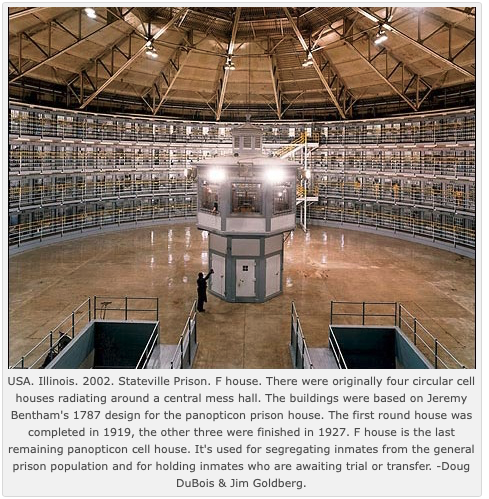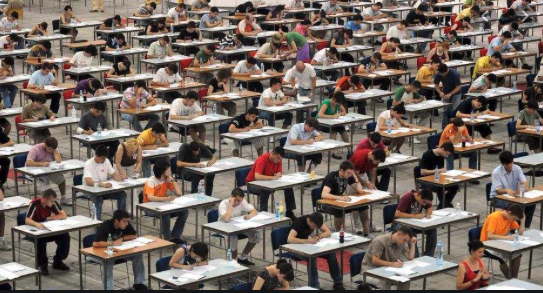e-Learning Ecologies MOOC’s Updates
Can ubiquitous learning spaces free students from control?
Ubiquitous learning is a new model of learning that removes teaching and learning from the spatial and temporal constraints that both teachers and learners had in the modern type of schooling, such as lectures in classrooms.
Students can choose to watch the videos and read online materials and using their personal computers anytime they want to and share their ideas about the topics discussed in those materials with other participants and instructors.
This new type of learning change teacher-student relationships. Teachers are no longer the sole possessor of knowledge who disseminates knowledge one directionally to their students at the same time. Students can interact with each other and with their teachers in more non-linear and complex ways. Such intellectual interactions often result in generating a new understanding of the given topic or even new interpretations, new knowledge collaboratively through interactions.
The type of learning and teaching become more non-hierarchical and non-synchronous. Rather, education and relationships in classrooms become organic.
In the modern era, schools like hospitals, mental institutions, military, and prison served as the way to construct subjective and obedient citizens (Foucault, 1979). Non-ubiquitous learning through 12 years of public school education contributed significantly in making such “docile” “obedient” bodies as students had to sit within the confine meant of the class and synchronize their body movements in response to the command of their teachers. In that sense, placing ubiquitous learning at the core of education starting from the first grade, could potentially change not only the way how we learn or interact with teachers but also what citizens we become.
At the same time, I believe that online space is not necessarily an utterly liberating space. There are different forms of surveillance and control in this space. I am curious to know how governance of mind and body operate in ubiquitous learning spaces.
Foucault, M. (1977). Discipline and Punish: The Birth of the Prison. Vintage.




An interesting summary of the concept of the teacher as the authority on the correct knowledge and the nature of one-directional information sharing. I admire the will to liberate us all from the strain of current educational models.
With exam and national curricula designed as they are, I wonder what are your thoughts about this as a tension for teaching and learning. I worry some 'control' is a necessary evil? I am thinking about the 'Information Store Principle' if at least some learning involves the need for cognition.
Sweller, J., Ayres, P. & Kalyuga, S. (2011) Cognitive Load Theory
I consider your reflection very interesting, and it makes a lot of sense to me with my last classroom experience.
The last 6 months I worked for the first time in a Montessori school in a small town in Canada.
At the same time, and in order to optimize my learning in this new methodology, I supported myself with some literature:
• the theory of the Montessori method,
• human biology (since Maria Montessori developed her model from medicine),
• and the implementation of the method in modern times.
Throughout this experience I observed two situations that called my attention in relation to the self-discipline and autonomy of the students:
The first one, in the Home classroom, with children between 4 and 6 years old, where they chose which activity to do. They circulated around the classroom, and chose some resources from the shelves that they knew they could take, given the level of learning that each one was.
The second, with the elementary students, between the ages of 10 and 13. Here each student chose which subject to work on: languages, history, science, math, etc. And how: through an experiment, an essay, a reading. Mostly, using technological resources.
Witnessing this methodology made me think a lot about how this could be extrapolated to the homes.
Today, being in quarantine and schools closed, it makes me even more sense how we can apply these educational methodologies online in the home.
Now, according to Maria Montessori's postulates, in relation to the physical space where the students develop their learning, she affirmed that the first significant space for knowledge is the home and the relationship with parents or caregivers.
In view of this, Montessori developed the school space as a second home. That is why the name of the classroom is CASA, translation of CASA DEI BANBINi ( The Children’s House).
I quote :
“Who creates the child’s first environment?
Who has the greatest impact on the fundamental development of the child?
Where does a child first learn about the world and relationships?
It is the parents and it is the home!”
Reference
Helfrich, M. (2011). Montessori Learning in the 21ist Century. A Guide for Parents & Teachers
Montessori Education in the Internet Age
https://www.childoftheredwoods.com/articles/mont-tech-fit
Very well expressed Kaoru Miyazawa. I appreciate your views on how students, teachers and peer can interact in non-linear ways when they engage through ubiquitous learning. I agree about having wide perspectives to learning in this mode.
I appreciate your curiosity to know about how governance of mind and body operate in ubiquitous learning spaces. As far as I understand, as much of emphasis was on intrinsic motivation and self-discipline in traditional classroom, there would be a heightened need of similar aspects here with personal commitment and ethics at the forefront.